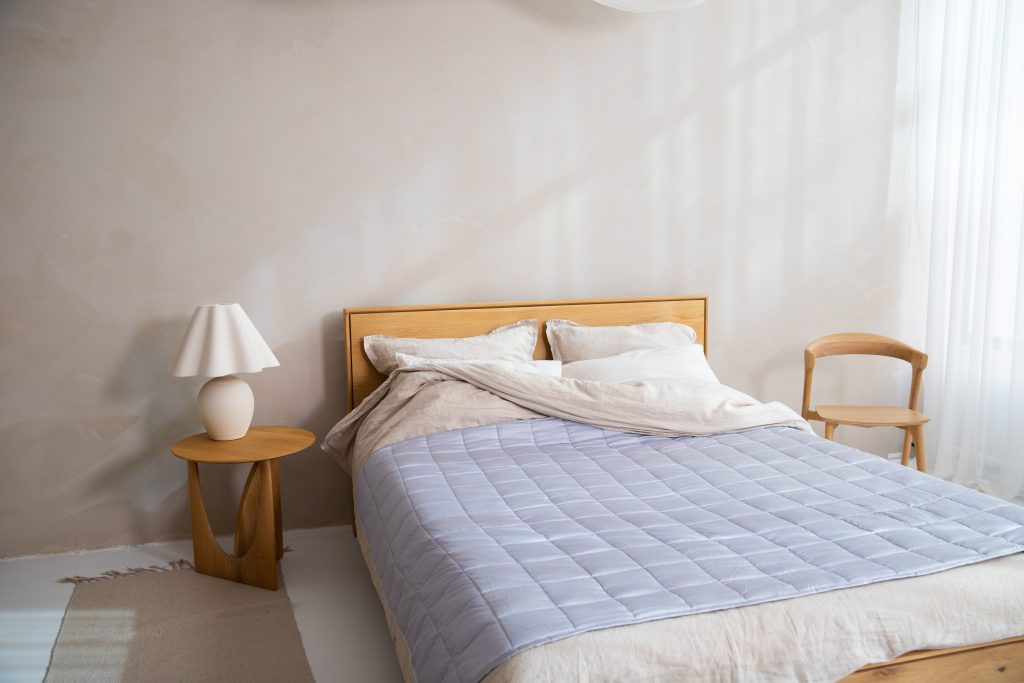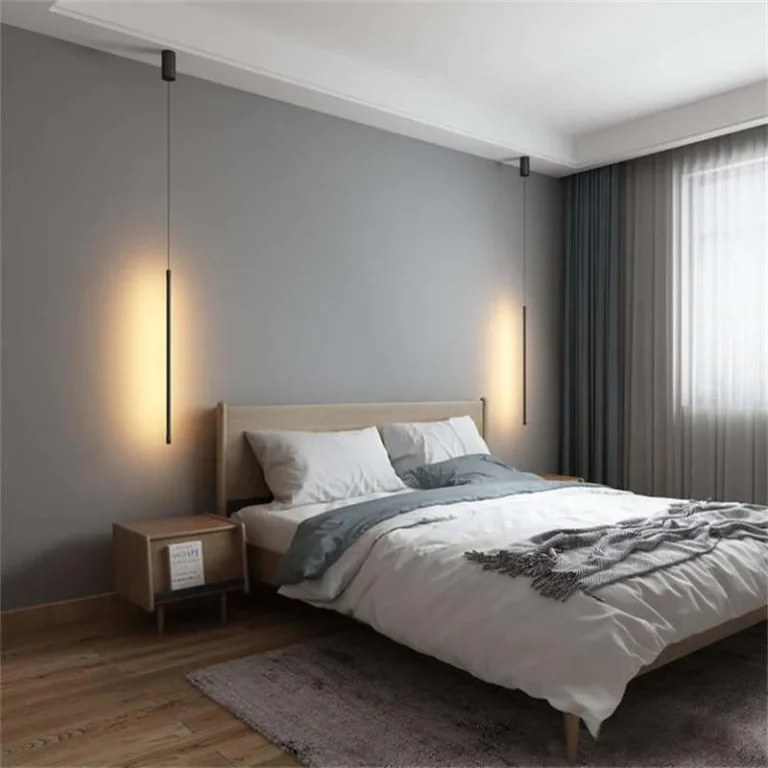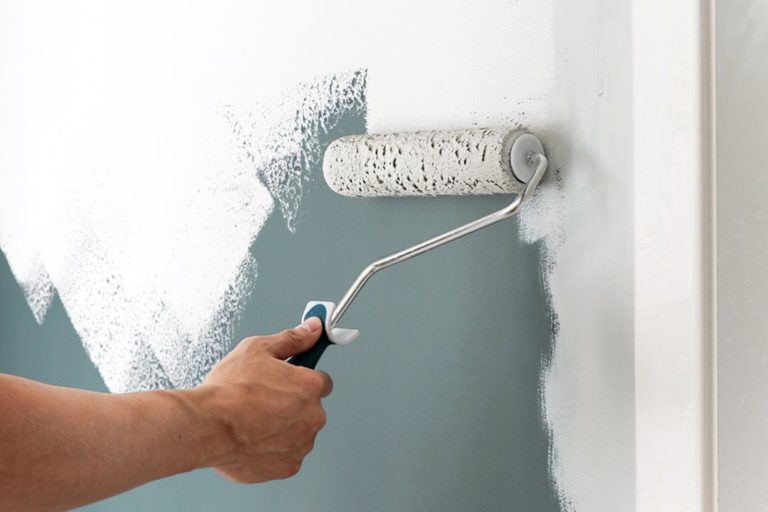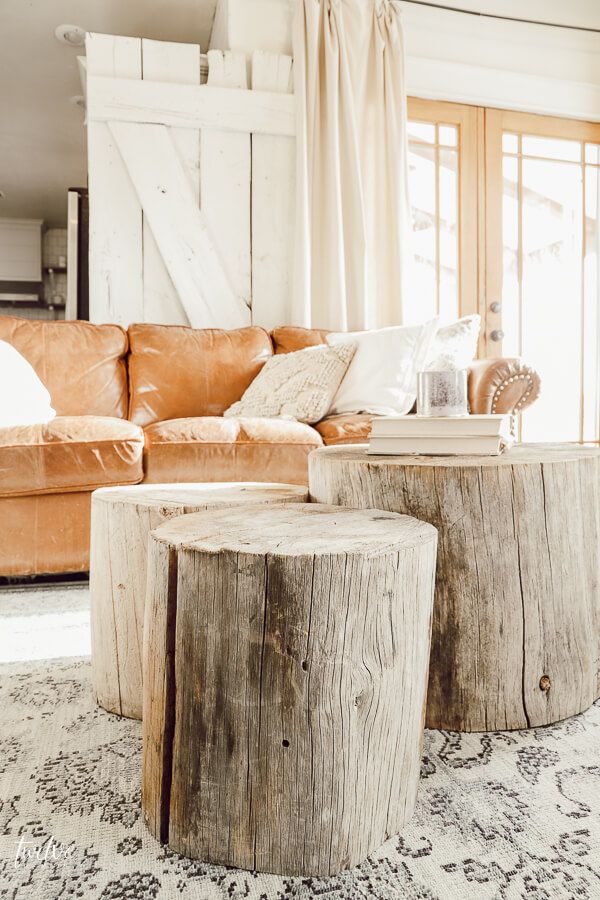Choosing the perfect bedding and linens for your bedroom can make a significant difference in creating a cozy and inviting space to retreat to every night. With countless options available in the market, selecting the right ones may seem like a daunting task. However, fret not! In this article, we will guide you through the essential factors to consider when picking out bedding and linens, helping you create a haven of comfort and style in your own bedroom. So sit back, relax, and get ready to transform your sleeping quarters into a dreamy oasis!
Table of Contents
ToggleQuality
Thread Count
When it comes to choosing the right bedding and linens for your bedroom, one important aspect to consider is the thread count. Thread count refers to the number of threads woven into one square inch of fabric. Generally, a higher thread count indicates a more luxurious and softer fabric. However, it’s important to note that thread count is not the sole determinant of quality. Factors like material and weave also play a significant role.
Material
The choice of material for your bedding and linens will greatly impact your comfort and overall satisfaction. Common materials include cotton, linen, silk, and microfiber. Cotton is a popular choice due to its breathability and durability. Linen is known for its ability to keep you cool in hot weather, while silk offers luxury and a soft feel. Microfiber is a synthetic material that is often more affordable and offers wrinkle resistance.
Weave
The weave of your bedding and linens directly affects their texture and feel. There are various types of weaves to choose from, including percale, sateen, and twill. Percale weave provides a crisp and lightweight feel, while sateen weave offers a smooth and silky texture. Twill weave is known for its durability and wrinkle resistance. Consider your personal preferences and the level of comfort you desire when choosing the weave that suits you best.
Size
Mattress Size
Before purchasing bedding and linens, it’s essential to determine the size of your mattress. Common mattress sizes include twin, full, queen, king, and California king. Take accurate measurements of your mattress to ensure a proper fit for your sheets, duvet covers, and other bedding items. Ill-fitting bedding can be uncomfortable and affect the overall aesthetic of your bedroom.
Duvet/Comforter Size
Choosing the right size for your duvet or comforter is crucial for both comfort and aesthetic purposes. The size of your duvet should correlate with your mattress size. Consider the level of coverage you desire and whether you prefer a snug or oversized look. Oversized duvets may provide more coverage and create a luxurious appearance, while smaller ones can be a great option for a clean and tailored look.
Pillow Size
The size of your pillows is another aspect to consider when selecting bedding and linens. Standard pillow sizes are often 20×26 inches, while king-sized pillows measure 20×36 inches. However, there are also specialty pillow sizes available. Choose pillowcases that are specifically designed to fit your pillow size to ensure a perfect fit.
Style and Design
Color
The color of your bedding and linens plays a significant role in the overall ambiance and style of your bedroom. Consider your existing color scheme and personal preferences when selecting the color of your bedding. Neutral tones like white, cream, or gray can create a serene and timeless look, while bold colors can add vibrancy and personality to your space. Opt for colors that complement your bedroom decor and promote relaxation.
Pattern
Adding patterns to your bedding can bring visual interest and elevate the style of your bedroom. From classic stripes to intricate floral motifs, there are countless options to choose from. Consider the overall aesthetic of your bedroom and select patterns that complement the existing decor. Mixing patterns can also create a visually appealing and playful look, but be careful not to overdo it. Balance is key when incorporating patterns into your bedding.
Texture
Texture adds depth and dimension to your bedding ensemble. Choose fabrics with different textures to create visual interest and enhance the tactile experience of your sleep environment. For example, pairing a smooth and silky duvet cover with a chunky knit throw can create a cozy and inviting atmosphere. Experiment with textures to achieve a stylish and layered look that reflects your personal taste.
Comfort
Temperature Regulation
Your bedding should contribute to your comfort by helping regulate your body temperature throughout the night. Natural materials like cotton and linen are known for their breathability, allowing for better airflow and heat dissipation. Consider the climate in which you live and select bedding materials that suit your specific needs. In colder climates, you may want to opt for fabrics that provide additional warmth, such as flannel or fleece.
Breathability
Breathability is a crucial factor in ensuring a comfortable and restful sleep experience. Bedding made from natural fibers often offers better breathability compared to synthetic materials. Natural fibers like cotton and linen allow for proper airflow and moisture wicking, helping to prevent overheating and promote a more comfortable sleep environment. Choose breathable fabrics to avoid night sweats and ensure a refreshing sleep.
Softness
Softness is a key aspect of comfort when it comes to bedding and linens. Look for materials that feel gentle against your skin and provide a cozy sleeping experience. Cotton with a higher thread count is often praised for its softness, while silk offers a luxurious and silky feel. Keep in mind that personal preferences for softness may vary, and it’s important to choose bedding that suits your individual comfort needs.
Durability and Maintenance
Longevity
Investing in durable bedding and linens ensures that they will withstand regular use and stand the test of time. Factors like fabric quality, weave, and construction contribute to the longevity of your bedding. Cotton and linen are known for their durability, while synthetic materials like microfiber can offer increased strength and resistance to wear and tear. Consider the quality and construction of the bedding to ensure your investment lasts.
Washing and Care Instructions
Proper care and maintenance are essential for prolonging the lifespan of your bedding and linens. Check the washing and care instructions provided by the manufacturer to ensure you can easily clean and maintain your bedding. Some materials may require specific care, such as delicate handwashing or air-drying, while others can be machine-washed and tumble-dried. Following the recommended care instructions will help preserve the quality and appearance of your bedding.
Pilling and Shrinkage
Pilling and shrinkage are common concerns when it comes to bedding and linens. Pilling occurs when short fibers tangle and form small balls on the fabric’s surface, while shrinkage refers to the reduction in size after washing. To minimize these issues, opt for bedding made from high-quality materials and avoid harsh washing processes. Additionally, consider using a fabric shaver to remove any pilling and prevent it from becoming more pronounced over time.
Allergies and Sensitivities
Hypoallergenic Options
If you suffer from allergies or sensitivities, choosing hypoallergenic bedding and linens can make a significant difference in your sleep quality. Hypoallergenic materials are designed to minimize the risk of allergic reactions by reducing the presence of common allergens like dust mites, mold, and pet dander. Look for bedding labeled as hypoallergenic and made from materials like bamboo, polyester, or tightly woven fabrics that provide a barrier against allergens.
Chemical-Free Choices
For those with chemical sensitivities, opting for chemical-free bedding can help create a healthier sleep environment. Some bedding may contain dyes, finishes, or flame retardants that can trigger reactions in sensitive individuals. Look for organic or certified chemical-free options that are free from harmful substances. These choices prioritize the use of natural and sustainable materials, making them safer and more eco-friendly alternatives.
Budget
Value for Money
When it comes to establishing a budget for your bedding and linens, consider the value for money. While lower-priced options may be tempting, investing in higher-quality bedding can provide better comfort, durability, and overall satisfaction. Assess your priorities and determine what aspects are most important to you, whether it’s longevity, softness, or temperature regulation. Spending a bit more upfront on quality bedding may save you money in the long run.
Long-term Investment
Viewing your bedding as a long-term investment can help justify spending a little more to ensure quality. High-quality bedding often lasts longer and maintains its comfort and appearance over time. Consider the cost per use rather than just the initial price when deciding on your bedding budget. Investing in bedding that brings you joy and enhances your sleep experience is a worthwhile investment in your overall well-being.
Bedding Sets vs. Individual Pieces
Advantages and Disadvantages
Choosing between bedding sets and individual pieces depends on your personal preferences and specific needs. Bedding sets often provide a cohesive and coordinated look, as they typically include a fitted sheet, flat sheet, pillowcases, and sometimes a duvet cover. They can save time and effort in selecting matching pieces. However, purchasing individual pieces allows for more customization, especially if you prefer mixing and matching different patterns and colors. Consider your desired aesthetic, convenience, and budget when deciding between bedding sets and individual pieces.
Brand and Reputation
Researching Reputable Brands
When shopping for bedding and linens, researching reputable brands can help ensure a positive experience. Look for brands known for their quality craftsmanship, attention to detail, and commitment to customer satisfaction. Read customer reviews and seek recommendations from friends or family who have had positive experiences with specific brands. A reputable brand is more likely to provide reliable products that meet your expectations.
Customer Reviews
Customer reviews can provide valuable insights into the quality, comfort, and durability of bedding and linens. Take the time to read reviews from verified customers to gauge the overall satisfaction levels and the strengths and weaknesses of the products you are considering. Look for patterns in the reviews to identify any recurring issues or positive aspects. Remember that individual preferences can vary, so consider a range of opinions before making a decision.
Where to Buy
Local Stores
Local stores offer the advantage of being able to see and feel the bedding before making a purchase. Visit home goods stores, department stores, or specialty bedding stores in your area to explore different options firsthand. You can also take the opportunity to speak with knowledgeable sales associates who can provide guidance and answer any questions you may have. Additionally, local stores often have return policies that allow you to exchange or return items if they don’t meet your expectations.
Online Retailers
Online retailers provide convenience and a wide range of options for purchasing bedding and linens. You can browse through different brands, styles, and price ranges from the comfort of your home. Check customer reviews, product descriptions, and sizing guides carefully when shopping online. Take advantage of reputable online retailers that offer hassle-free returns or exchanges in case you need to make adjustments to your purchase.
Specialized Bedding Stores
Specialized bedding stores focus specifically on bedding and often have a wide selection of high-quality options. These stores typically carry luxury brands and offer specialized knowledge about different materials, weaves, and styles. If you are looking for expert advice and a more personalized shopping experience, consider visiting a specialized bedding store. The staff can guide you through the available options and help you find the perfect bedding for your needs.
In conclusion, choosing the right bedding and linens for your bedroom involves considering several factors such as thread count, material, weave, size, style, comfort, durability, allergies, budget, brand reputation, and where to purchase. By carefully evaluating each aspect and considering your personal preferences and needs, you can create a comfortable and stylish sleep environment that promotes restful nights and adds beauty to your bedroom.









